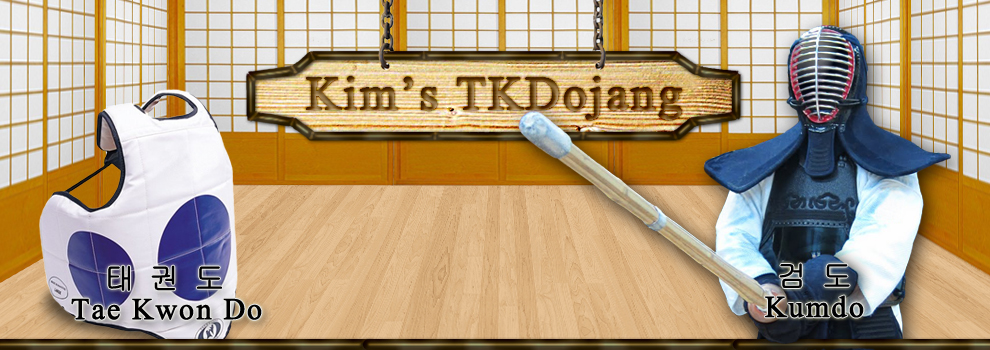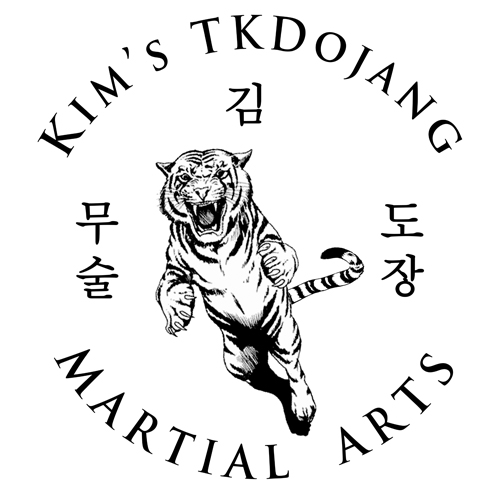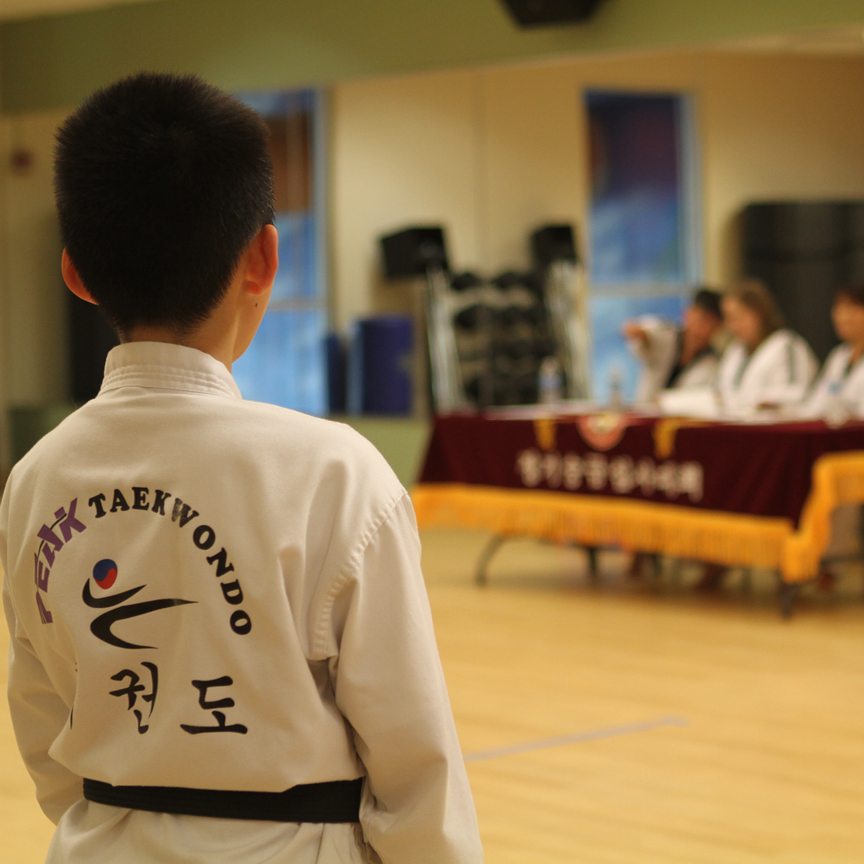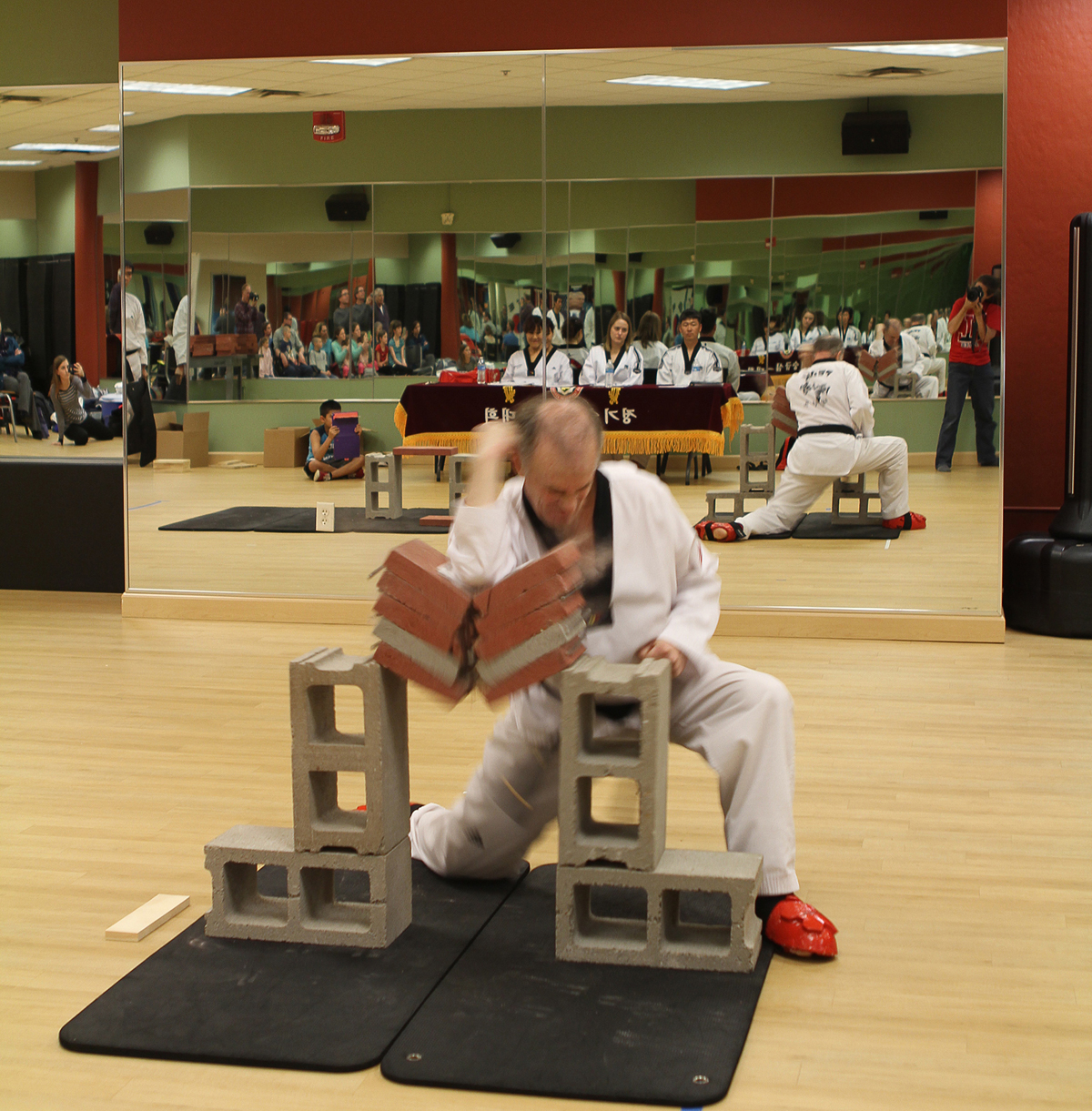What Is Kumdo?
- Details
- Kumdo
 Curious about Kumdo? This post briefly gives answers to some of the various questions you may have regarding the question, "What is Kumdo?"
Curious about Kumdo? This post briefly gives answers to some of the various questions you may have regarding the question, "What is Kumdo?"
Kumdo 검도 (or gumdo) is a modern Korean martial art derived from similar origins as Japanese Kendo. After the basic levels have been completed, kumdo becomes a high speed, full contact sport with the purpose of striking the other player with a bamboo ...

Kumdo 검도 (or gumdo) is a modern Korean martial art derived from similar origins as Japanese Kendo. After the basic levels have been completed, kumdo becomes a high speed, full contact sport with the purpose of striking the other player with a bamboo sword to be awarded points. At these upper levels, kumdo practitioners wear protective armor, called hogu 호구 (bogu in Japanese) which is very similar to traditional samurai armor, and protects the head, throat, torso, hands/wrists/forearms, and hips.
The sights and sounds of kumdo practice can make it appear very intimidating at first and people have many questions. So maybe we should first say what kumdo is not.
Kumdo is NOT like the online videos you may see of “backyard ninjas” hacking away at 5 gallon water bottles with swords. It is NOT two or more people whacking each other at random with shinai. It is NOT like what is portrayed in movies like Kill Bill. If that is the type of “training” you hope to get from studying kumdo at our dojang, please do not waste your time (or ours), because we will not be teaching you that “style”.
Ok, then what will I be learning?
So what is kumdo and what will I be studying?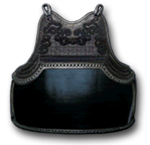 There are two main styles of Kumdo, martial and competitive. Our dojang combines the competitive style of kumdo with iaido, a japanese sword drawing style. We feel doing so gives the practitioner a more complete understanding of the application of movements. Kumdo is practiced under a very rigorous set of rules which will be strictly enforced.
There are two main styles of Kumdo, martial and competitive. Our dojang combines the competitive style of kumdo with iaido, a japanese sword drawing style. We feel doing so gives the practitioner a more complete understanding of the application of movements. Kumdo is practiced under a very rigorous set of rules which will be strictly enforced.
We'll be honest with you, kumdo training at the very beginning can be extremely monotonous with a lot of repetition of only a few very simple, basic movements. But it's these basics of kumdo that are vitally important to the foundation of kumdo skills. And it's because of this that beginning students spend so much time on them. Kumdo doesn't really get fun until students reach a level of proficiency where they can wear the hogu and fully participate in every aspect of class.
Beginners can expect to join the group in basic warm-ups, and then one of the instructors will take the new students off to one side to give more focused instruction on the basics. This allows for everyone to work on the skills they require. For newbies, this could mean various things such as proper stances, proper grip of the mok geom (wooden sword/bokken), swinging the mok geom, foot movement, and eventually body movement while swinging the sword.
Ok. But is kumdo dangerous?
 If you were to watch kumdo, it can look extremely brutal and it's easy to think that kumdo practitioners suffer from many injuries. However, you may be surprised to find out that injuries are uncommon. The rarity of injuries is due to the armor (hogu) and the body mechanics involved. The armor (hogu) worn by practitioners is very effective at protecting individuals from strikes, while the simple body mechanics of kumdo actually result in fewer injuries than are commonly found with other martial arts (karate, taekwondo, or aikido).
If you were to watch kumdo, it can look extremely brutal and it's easy to think that kumdo practitioners suffer from many injuries. However, you may be surprised to find out that injuries are uncommon. The rarity of injuries is due to the armor (hogu) and the body mechanics involved. The armor (hogu) worn by practitioners is very effective at protecting individuals from strikes, while the simple body mechanics of kumdo actually result in fewer injuries than are commonly found with other martial arts (karate, taekwondo, or aikido).
There are of course the occasional strain or bruise that happens, but the most common injuries are those involving the foot. Blisters can occur if the foot is not accustomed to working on wood floors, but these can be easily fixed and heal quickly if dealt with properly. Other injuries that might occur would be of the Achilles tendon or plantar fasciitis (a strain of the tendons of the bottom of the foot). These types of injuries are rare and can typically be avoided by properly warming-up and using the correct footwork during movements. But generally speaking, kumdo is a very safe activity and can be practiced by people of a wide age range, from 5 to 65 (and even older).
When should I start kumdo? Am I too young or old?
 People start kumdo at a various ages and we accept students from the ages 8 and up. If your child is under the age of 8, please contact us to discuss enrollment. While we do have students younger than 8, we like to speak with the guardian and child to be sure kumdo is right for the individual. Also, if students are under the age of 13, a parent or guardian should be present throughout the practice session.
People start kumdo at a various ages and we accept students from the ages 8 and up. If your child is under the age of 8, please contact us to discuss enrollment. While we do have students younger than 8, we like to speak with the guardian and child to be sure kumdo is right for the individual. Also, if students are under the age of 13, a parent or guardian should be present throughout the practice session.
Sounds great! What do I need to start?
What do I need to start kumdo?
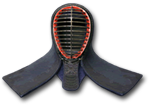 If you are interested in starting kumdo, there are a couple of things that you should do first.
If you are interested in starting kumdo, there are a couple of things that you should do first.
1. Come see a class. We highly suggest coming to watch a class to see what it's really all about. As they say, a picture is worth a thousand words and seeing really is believing.
2. Sign up for the session. A session consists of 8 consecutive weeks. For information about pricing and dates for the current session, please click HERE. To apply online, fill out the form HERE.
3. A mok geom (wooden sword/bokken). If you have your own, great! If not, you can borrow one for the first few classes. However, new members will need to have their own upon arrival to the 3rd class. These can be purchased through the dojang. In the event that we are out of stock, you can purchase one online.
4. Comfortable clothes. As for an outfit, we recommend you dress simply and comfortably (sweats, t-shirt, etc.), but please, make it respectable as well (clean, no holes, no profane messages, etc.). Be advised, also, that shoes and socks are NOT worn in the practice of kumdo. It really will not be necessary to get into the traditional uniform (hakama and keikogi) until the end of the first session. However, if you would like to have a uniform prior to that, advise one of the instructors and one will be acquired.
Final Note About Kumdo Membership:
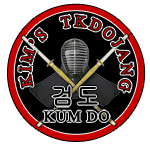 Please note that TaeKwonDo is offered at the dojang free of charge – it is part of your membership at Peak Sports Club. However, kumdo classes do have a small fee per session in order to cover the costs involved with kumdo (i.e. equipment maintenance). If you feel that this fee is a problem, check the pricing nearby – trust us, it's minimal compared to other schools in the area. If you decide after the session you don't want to continue, no problem. While we would miss you, we have a “no contracts” policy at the dojang – you won't find that at other TaeKwonDo schools in the area.
Please note that TaeKwonDo is offered at the dojang free of charge – it is part of your membership at Peak Sports Club. However, kumdo classes do have a small fee per session in order to cover the costs involved with kumdo (i.e. equipment maintenance). If you feel that this fee is a problem, check the pricing nearby – trust us, it's minimal compared to other schools in the area. If you decide after the session you don't want to continue, no problem. While we would miss you, we have a “no contracts” policy at the dojang – you won't find that at other TaeKwonDo schools in the area.
Had something come up, had to stop training and now want to continue? No worries, just sign-up for the next session. If you are gone for too long we may disable your website membership, but you will always be in the system (we won't delete your user). Once you start up again, so will your access to all members' areas.
Well, you made it through all the information about Kumdo at our dojang, so why not stop by and watch a class. We look forward to seeing you.
